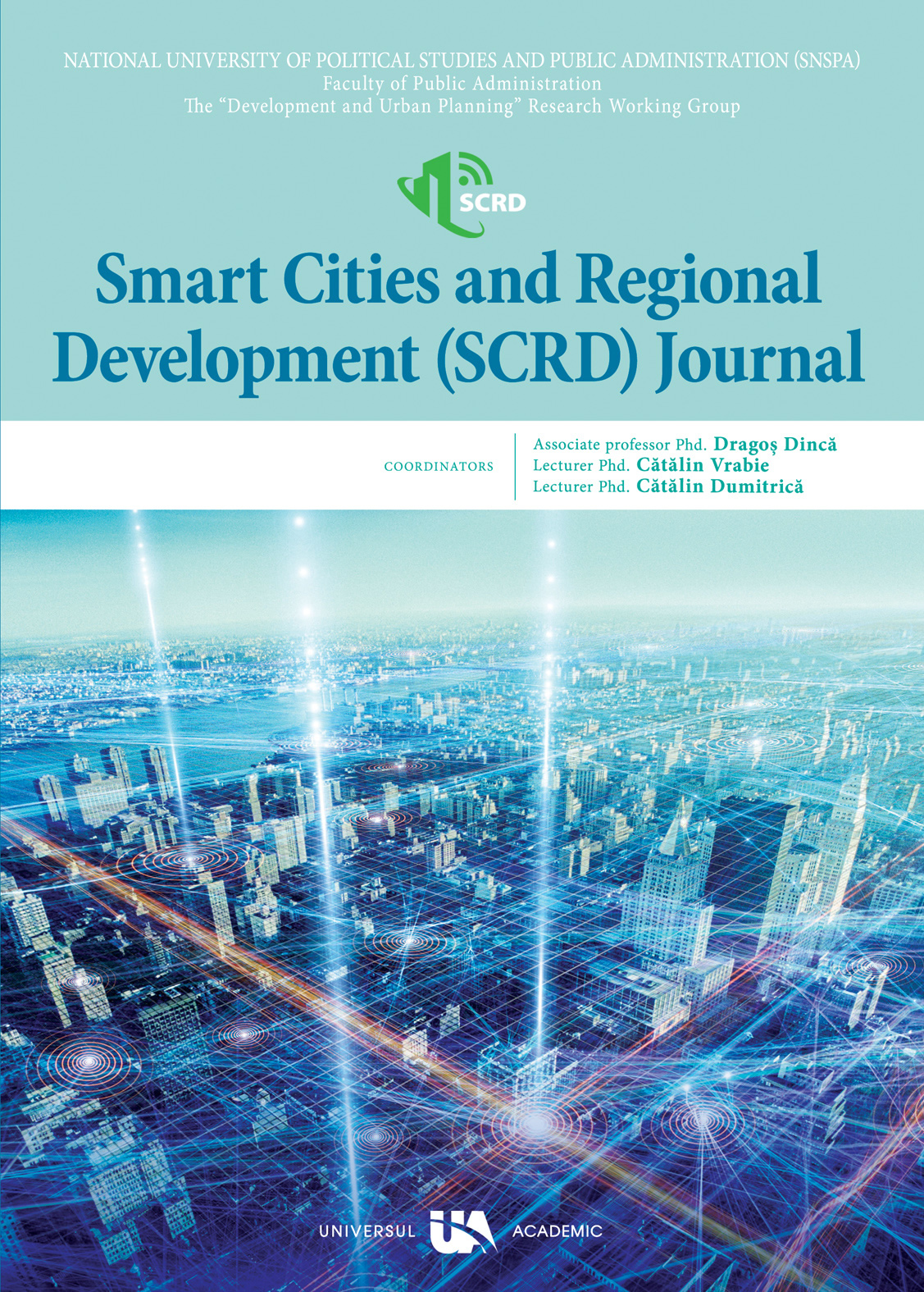Utilization of Green Spaces as a Cost-Effective Strategy for Environmental and Health Risks Control in Residential Plots in Dar es Salaam City, Tanzania
Utilization of Green Spaces as a Cost-Effective Strategy for Environmental and Health Risks Control in Residential Plots in Dar es Salaam City, Tanzania
Author(s): Mwageni Nicholaus FabianSubject(s): Politics / Political Sciences, Social Sciences, Education, Library and Information Science, Education and training, Other, Political Sciences, Civil Society, Public Administration, Communication studies, Sociology, Evaluation research, Social development, Social differentiation, Social Theory, Family and social welfare, Human Ecology, Social Informatics, Welfare services, Economic development, Environmental interactions, Globalization, Sociology of Education, Geopolitics, Identity of Collectives
Published by: Editura Pro Universitaria
Keywords: Flood; Soil erosion; Stormwater; Wind; Fugitive dust;
Summary/Abstract: The main objective of this study was to determine the cost-effectiveness of green spaces in controlling environmental and health risks in residential areas. The study aimed at comparing the costs of using green spaces and the costs of conventional infrastructure in controlling environmental and health risks. Many scholars have qualitatively reported that residential home greenery is recognized as an important component for the control of environmental and health risks. However, the cost-effectiveness of green spaces relative to man-made solutions for the same is not documented with certainty. The study deployed a questionnaire, field observation and measurement methods for data collection. The study revealed that, depending on location, residents face five major environmental and health risks; fugitive dust, violent wind, runoffs, animal habitat deterioration, soil erosion and flood water. The percentage of households using green spaces as a strategy for controlling the aforementioned risks is still minimal despite the high monetary saving. The majority of the respondents’ home greeneries are incorrectly orientated and home entrances appear to be more of a factor in determining where green space is located. With exception of risks of run-offs, utilization of green spaces in controlling environmental and health risks saves more than 90% of costs compared to costs for a man-made solution and 61% for run-off control. Results imply that there is a need for advocacy for greater realization of green space as a cost-effective strategy in controlling environmental and health risks among residents, environmentalists, planners and disaster risk practitioners in Dar e salaam City, Tanzania.
Journal: ORAȘE INTELIGENTE ȘI DEZVOLTARE REGIONALĂ
- Issue Year: VII/2023
- Issue No: 01
- Page Range: 85-98
- Page Count: 14
- Language: English

